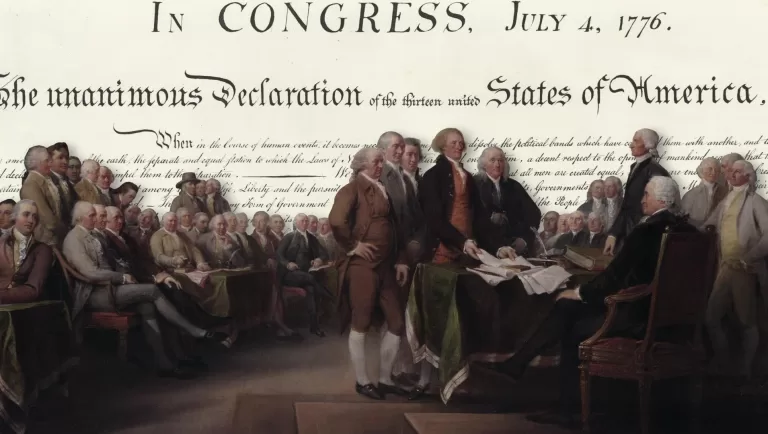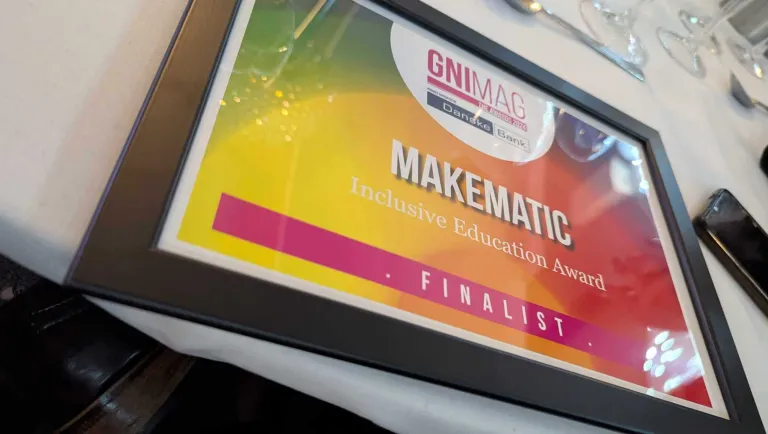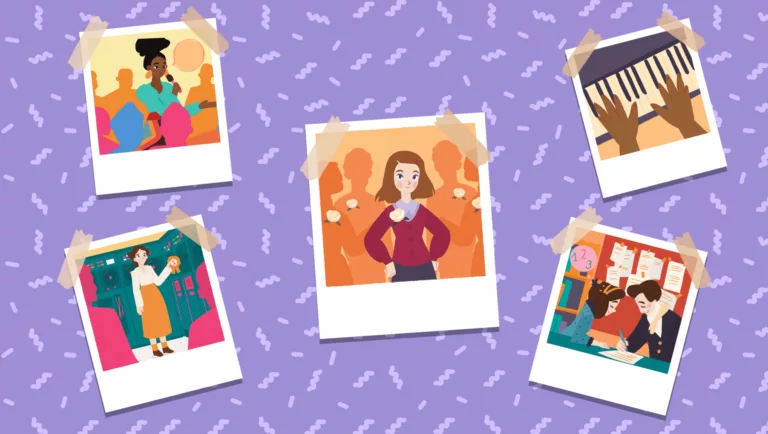
Digital Media Literacy: How to Spot Fake News
Fake News is more than just a meme. It's an ever-present, substantially growing quantity of misleading news articles, illustrations, videos, and more - available to you on your digital devices. From simply exaggerating the truth to full-blown lies or propaganda. It's up to us all, to analyze and fact-check what we read and we'll be providing our top tips and tricks so you'll be able to decipher all the credible sources from the misleading ones.
Fact or Fiction?
Regardless of whether it's an article, an image, or even a video. The first 'dead giveaway' to fake news is if the content even contains factual information. If you're watching an online personality giving his opinion on a specific topic, with no facts to corroborate, then it's likely to not be entirely true, to just plain false.
You would be surprised how many dubious sources don't bother to include even fake facts. Thankfully this makes it easier to spot and avoid, however, let's go through the ones that do go through the trouble of adding facts as an added layer of 'credibility security'.
Visual Red Flags
Proofread their grammar, check for typos, does their use of punctuation add up? These are more tell-tale signs that a source may not be credible. Fake news is often rushed, prioritizing time over readability. All sources can, of course, contain typos however, from experience it's far rarer than you would find with dubious sources.
The final, quick check you can do, however this alone can halt you from having to read dubious news any further. Check the website, the author, the date, and its additional content. Here's an infographic to help visualize this.
Here are some question checklists you can apply:
- Have you heard of the Website?
- Does the Website's URL look suspect? (i.e. .com.co or .blog)
- Click on the Author, can you see other relevant articles/videos?
- Check the Date. When was the source published? Sharing old news doesn't make it relevant today.
- Does it contain Images? Are they generic stock or relevant photos?
- Does the source contain Reputable References?
What's Backing Them Up?
So, your source has passed the first levels of credibility checking, let's delve further into those sources. Hover over all internal and external links featured in the article or video description. Make sure they are legit links that bring you to where they say they would. If any of their sources come from Wikipedia, be cautious! Wikipedia is open-sourced and can easily be made or edited into false information.
If so, then now you can check the sources for credibility. Established newspapers, prominent factual & historic sites alongside academic online journals are what you should look out for. Then it's worth checking if the sources corroborate what they are linked to, and whether the sources contain similar published dates; unless the information contained is considered timeless.
Check their Cred
Did you know if you Googled a phone number you suspected of being a scam, there's a high likelihood it will have been input in a Scam-checker website? The same applies to factual sources.
Even though it's harder to trace an infographic back to its source, for articles and most factual videos, checking their reputation should be easy to do with a reputation checker website.
We recommend AllSides, which not only checks a website for reputation but will also tell you if the site contains political bias, a very handy tool if working on source finding on a political topic. SiteJabber is another one, that will also allow you to see user reviews. Even though user reviews can be falsified, used alongside AllSides as a second check is worthwhile.
Check out this video we created with iCivics about selecting the right sources by researching and cross-referencing them to check their validity. You can view the entire series for free here.
If your source passes all these boxes, and you can find similar sources that back up your initial source, then you're good to use! There will always be human error, even for the most reputable articles and videos. However, if your instant thought to reading an online source is to check its accuracy, then you are in great standing when it comes to digital literacy and fact-checking. We wish you luck in the pursuit of the truth!
Check out how we ensure our videos are factually accurate in this blog: Factual Accuracy in Videos: What We Do


